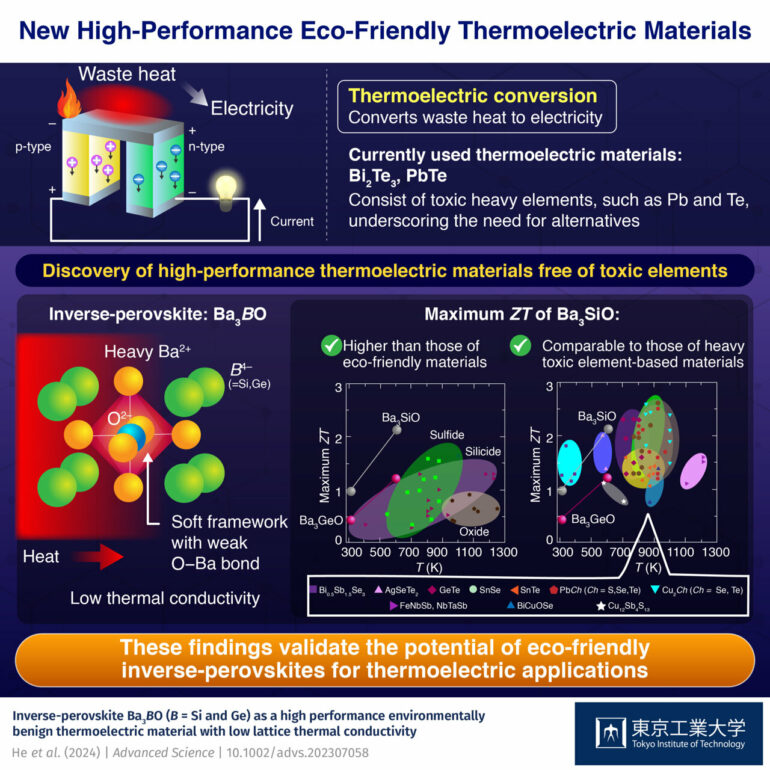To combine two low-energy photons into one high-energy photon efficiently, the energy must be able to hop freely, but not too quickly, between randomly oriented molecules of a solid. This Kobe University discovery provides a much-needed design guideline for developing materials for more efficient PV cells, displays, or even anti-cancer therapies.
Light of different colors has different energies and is therefore useful for very different things. For the development of more efficient PV cells, OLED displays, or anti-cancer therapies, it is desirable to be able to upcycle two low-energy photons into a high-energy photon, and many researchers worldwide are working on materials for this up-conversion.
During this process, light is absorbed by the material, and its energy is handed around among the material’s molecules as a so-called “triplet exciton.” However, it was unclear what allows two triplet excitons to efficiently combine their energies into a different excited state of a single molecule that then emits a high-energy photon, and this knowledge gap has been a serious bottleneck in the development of such materials.
Kobe University photoscientist Kobori Yasuhiro and his research group have been working on a property called the “electron spin states” of moving and interacting excited states. They realized that their expertise was exactly what was needed to solve the problem of up-conversion and applied it to a material especially suitable for their analysis.
Yasuhiro explains, “In solution systems, it is difficult to observe the magnetic properties of the electron spins due to the high-speed rotation of the molecules, and in conventional solid-state systems, the reaction efficiency is too low for electron spin resonance studies. The thin-film solid-state material used in our study, however, was suitable for observing the magnetic properties of electron spins and generating sufficient triplet exciton concentrations.”
Their results, now published in The Journal of Physical Chemistry Letters, show that for the transfer of energies to one light-emitting molecule, the electron spin states of two triplet excitons have to be aligned, which depends on the relative orientation of the participating molecules.
For that to happen with a high likelihood, though, the triplet excitons need to be able to move around between molecules of many different orientations. In addition, this hopping must not be too quick, so there is enough time for the interconversion of different excited states.
Yasuhiro explains, “We first directly observed the time evolution of the electron spin state inside up-conversion materials in solid-state systems, then modeled the observed electron spin motion, and finally proposed a new theoretical model for how the electron spin state relates to the up-conversion process.”
These results finally yield a guideline for how to design highly efficient photon up-conversion materials that are based on the knowledge of the process’s microscopic mechanism.
“I expect this knowledge to contribute to the development of high-efficiency solar cells to alleviate our energy problems, but also to expand into a wide range of fields such as photodynamic cancer therapy and diagnostics that utilize near-infrared light for optical up-conversion without harming the human body,” Yasuhiro says.
More information:
Kobori Yasuhiro et al, Efficient Spin Interconversion by Molecular Conformation Dynamics of a Triplet Pair for Photon Up-Conversion in an Amorphous Solid, The Journal of Physical Chemistry Letters (2024). DOI: 10.1021/acs.jpclett.3c03602
Citation:
How to upcycle low-energy light: A new design for highly efficient conversion materials (2024, March 13)



